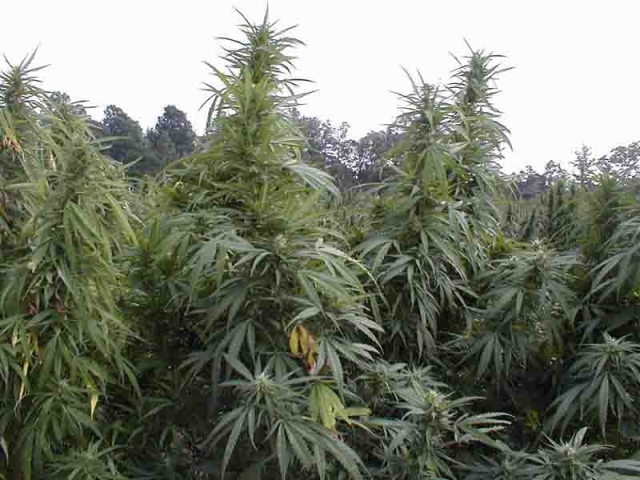RDCK prepares for changes in medical marijuana grow ops
By Suzy Hamilton, The Nelson Daily
There may be more problems than meets the high when Health Canada finally decides how medical marijuana grow ops (MMGOs) will be licensed, where the farms can be located and how big they can be.
New regulations by Health Canada will prohibit MMGOs in residential dwellings. Currently medical marijuana users are allowed to grow their own cannabis. But in 2014, only designated growers will be able to supply the medical market with cannabis.
The regulations will be finalized this spring and allow for a year for the transition.
Staff at the Regional District of Central Kootenay prepared a report for the Board’s March 21 meeting outlining possible regional district actions before Health Canada’s regulations take effect in April 2014.
A major concern is zoning, the report said.
After reviewing land use plans from other jurisdictions, RDCK staff recommended that allowing the grow ups in designated agricultural lands is the best option.
“All of the zones within the Agricultural land use zones allow for residential development as permitted use,” the report said. “It will be difficult to identify a zone in the RDCK that does not have a residential component yet meets the criteria for a MMGO.
“In light of this, Staff have determined that the most practical solution is to focus on the Agriculture zone that has larger site areas (e.g. 2 or more hectares) and where regulations can be developed that will ensure that MMGOs operate in stand alone buildings that are well setback from any residential buildings,” staff wrote.
Some of the other factors for the Board to consider are: MMGOs proximity to homes and adjacent lands, size of property, access, parking, ventilation, environmental impacts and safety and security.
This change will phase out Health Canada’s role in production and distribution of medical marijuana. The federal government has said that the change is intended to improve the overall health, safety and security of Canadians.
Under the new regulations, the growers will set the price. According to the report, the current price of $5 per gram could increase to $8 gram, an economic “detriment” to those living in the region using medical marijuana.
There are other considerations as well.
For instance, a process will be required to inform local fire and police officials of the growers, and a determination of who will inspect the premises for by-law compliance and fire safety.
Educational tools, training and support will be needed.
Further considerations are how Health Canada’s licensing procedures will co-ordinate with the RDCK’s permitting procedures.
How will the MMGOs conform to existing land use regulations? What role will local government staff, including by-law officers, play in enforcement?
There could also be tax implications. For example, industrial land is taxed higher than agricultural land, the report said.
The proposed new regulations feature a collaborative approach between Health Canada and local governments — how will this come about, the report asked.
Staffing will have to increase to accommodate research, make amendments to existing land use plans, and communicate with Health Canada, to name a few new duties, the report said.
Furthermore, official community plans will trigger public meetings.
“Citizens, stakeholders and elected officials are likely to have diverse opinions about how best to approach MMGOs in this region,” the report noted.
Staff offered two options for the Board: 1) Maintain the status quo until the regulations are in place this spring 2) Take proactive steps to identify Agricultural and Industrial zones that could potentially be considered for these types of medical marijuana operations.
“Staff provides the Board with a choice of options. They can choose one of these or present an alternative,” said Sangita Sudan, one of the authors of the report.
The Board received the report and deferred the matter until the April meeting.
























